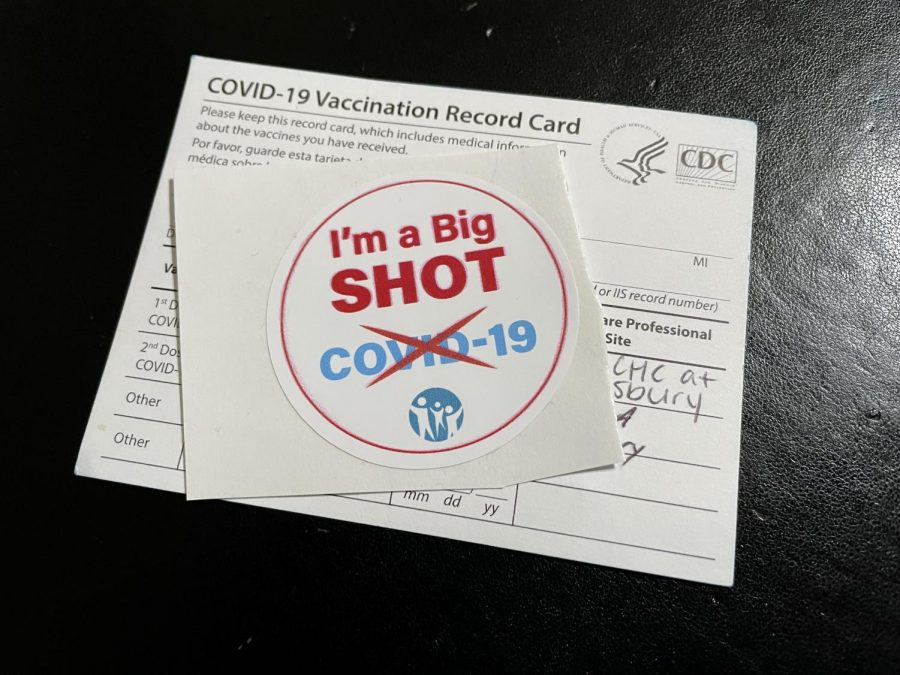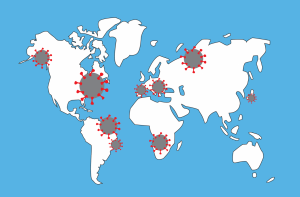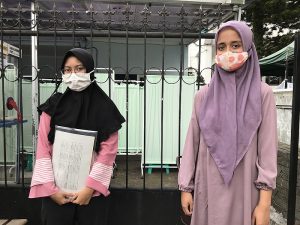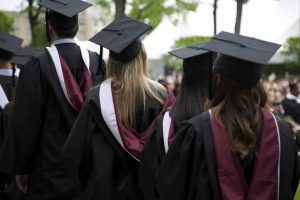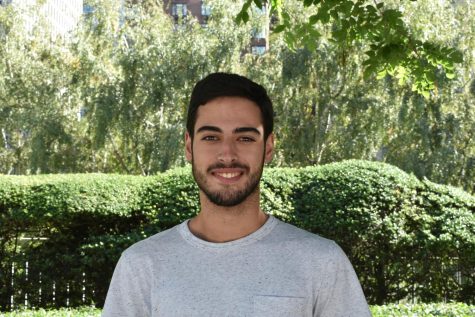Fordham Plans Ahead As Vaccine Rollout Slugs Along
Some University Health Services staff have managed to get vaccinated for COVID-19. While McShane has promised to vaccinate the entirety of the Fordham community, when the vaccine will become available for universities remains unknown. (ANDREW DRESSNER)
February 19, 2021
As cities and countries around the world roll out the long-awaited COVID-19 vaccine, many citizens have questions about when and how they can get vaccinated. In New York, universities and colleges must follow state guidelines on vaccination plans, and Fordham is already planning a vaccination program for students for the future.
However, until there is more guidance from the state, Fordham can only do so much to plan ahead for when it starts receiving doses. The university has yet to ascertain when doses will be available to the community as a whole, but in an email sent on Jan. 22, University President Rev. Joseph M. McShane, S.J., promised to administer vaccines to all community members free of charge. He also urged them to “take advantage of the opportunity to be vaccinated as soon as you can.”
While companies such as Pfizer and Moderna have produced and distributed 30 million doses of the long-awaited COVID-19 vaccine, just under half of them have been distributed nationwide, according to the Centers for Disease Control and Prevention (CDC).
“The university is working hard to have them available for all students who wish to receive the vaccine.” Mary Ann O’Shea, assistant director of UHS
For now, the elderly, health care workers and those who are immunocompromised have priority to receive the vaccine. This rollout in New York City, however, has been far from organized, with reports of backlogging and confusing appointment schedules.
Since college students are mostly young adults, they will likely not receive the vaccine until a substantial portion of more at-risk populations has been vaccinated.
Mary Ann O’Shea, assistant director of University Health Services (UHS), stated that while Fordham does not currently have access to any vaccines, “the university is working hard to have them available for all students who wish to receive the vaccine.” However, O’Shea was unable to provide any additional information about the timeline.
Some within the Fordham community have been fortunate enough to be vaccinated. According to a university statement on Jan. 11, some members of UHS and Fordham’s EMS service (FUEMS) have received Moderna COVID-19 vaccines. Vice President for Administration Marco Valera stated in a COVID-19 update email on Feb. 10 that Fordham still has no access to any vaccines.
Dylan Garvey, Fordham College at Rose Hill (FCRH) ’21 and FUEMS head of day staff, who works with UHS, was vaccinated on Dec. 27, receiving a second dose four weeks later. While vaccine rollout has been plagued by delays, Garvey was lucky to receive a vaccine from New York City’s partnership with the Regional Emergency Medical Services Council and the Department of Health and Mental Hygiene, which have coordinated distribution efforts for EMTs and paramedics citywide.
Frontline workers and medical staff have borne the brunt of this pandemic, so Garvey felt very fortunate to have received a vaccine along with his fellow medical workers.
“I know that the safety of my community is not secured until we reach our goal of herd immunity.” Dylan Garvey, FCRH ’21 and and FUEMS head of day staff
“As a frontline worker caring for the health and safety of the Fordham and New York communities, I think it’s important to note that this vaccine is an essential part of saving lives and ending this pandemic,” Garvey stated.
Garvey also acknowledged the lack of access to vaccines to the general public.
Garvey is also involved in planning Fordham’s vaccine rollout. Although he has been vaccinated, he continues to adhere to social distancing and wears a mask out in public, as is recommended by Fordham and by the CDC. “I know that the safety of my community is not secured until we reach our goal of herd immunity,” he said, explaining that his community will be safe only through widespread vaccination.
“The best we can do is be patient with the rollout from the federal government and continue to follow the COVID-19 precautions as listed by the government and science community,” Garvey said.
Herd immunity is when enough of a population has immunity to a certain disease that it is prevented from spreading anymore. The exact proportion of community members needed to be immune in order for herd immunity to manifest is unknown. Dr. Anthony Fauci stated in December that 75-85% immunity within a population would be necessary, and Garvey agrees that 80% of the community must be vaccinated.
However, herd immunity with the original strain is powerless against the new strains of COVID-19 that have begun to crop up worldwide. Specialized vaccines may need to be distributed to combat these new variants, as some have already proven to be resistant to current vaccines. We will have to face these new variants with the same caution and lifestyle changes that have defined this era of COVID-19.

